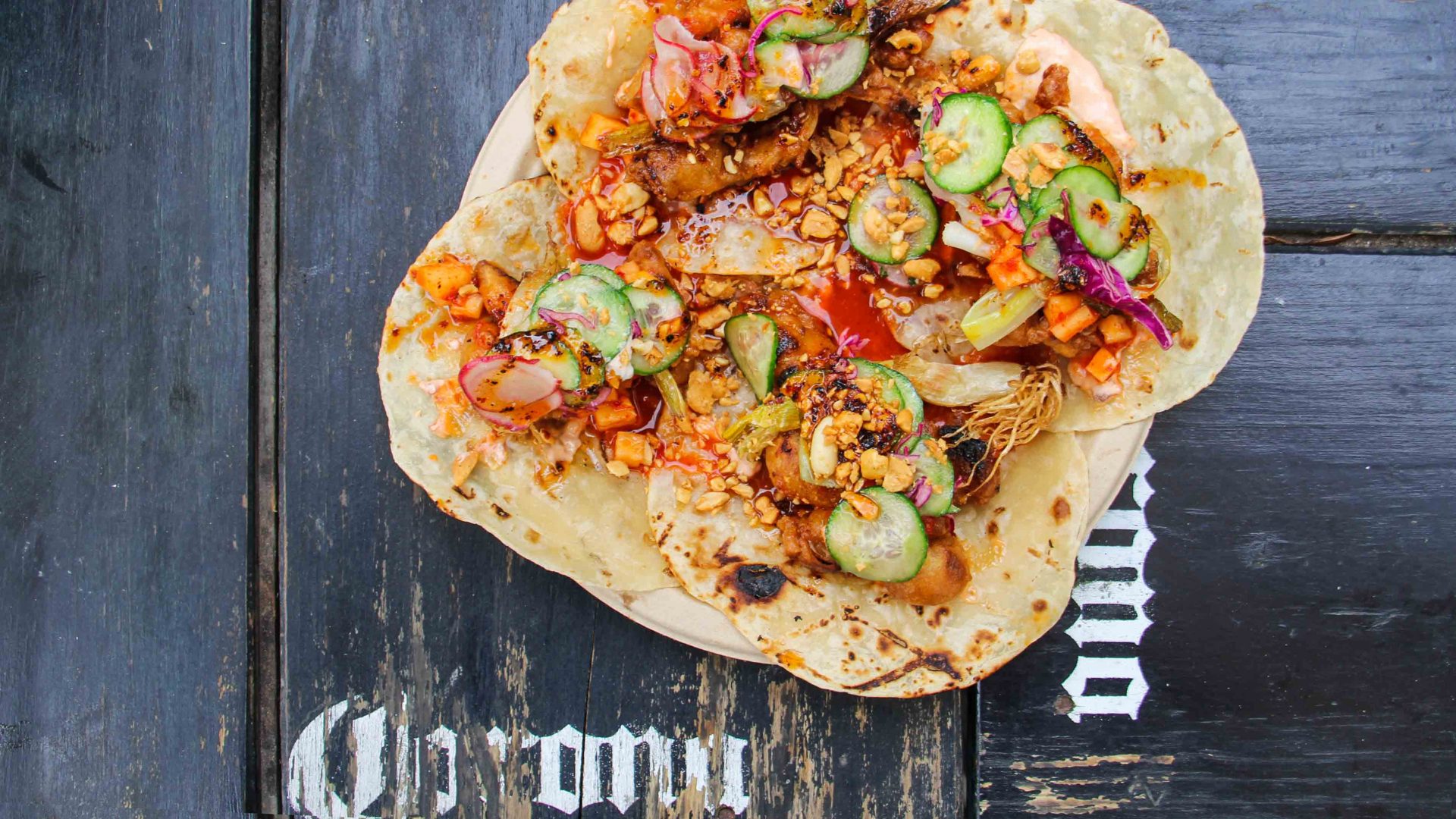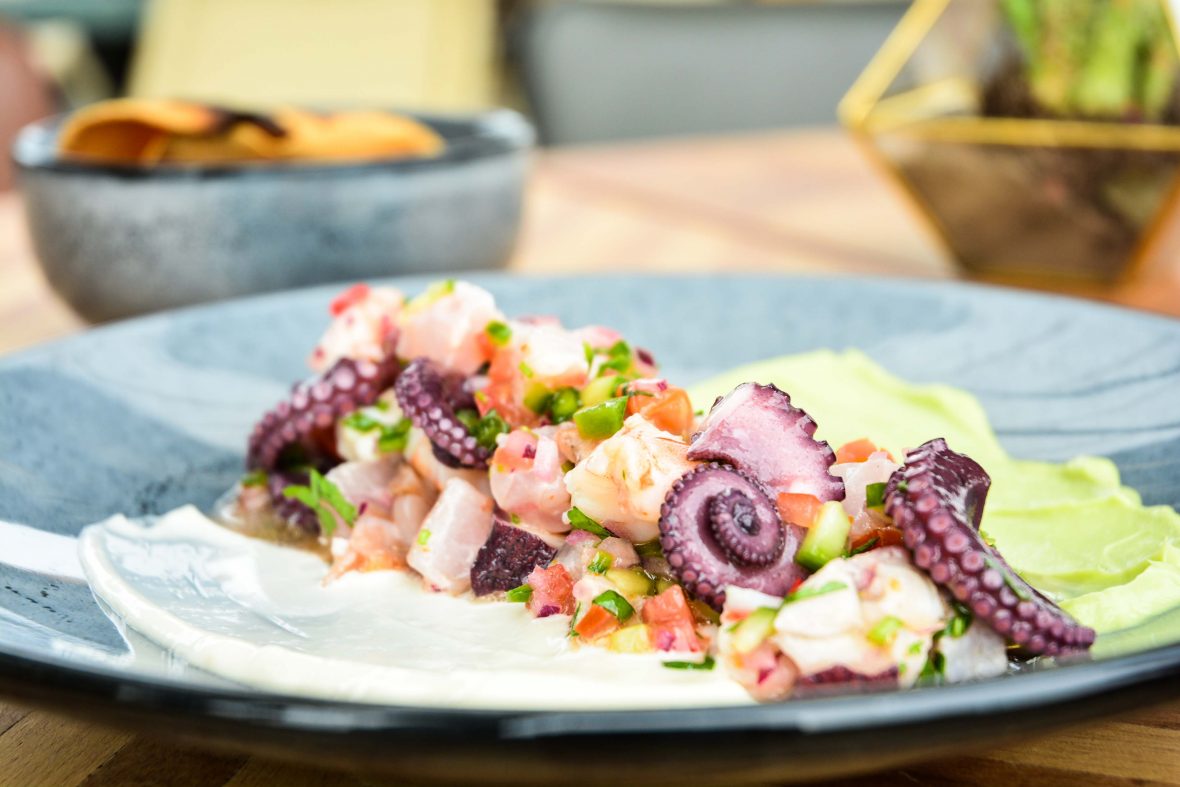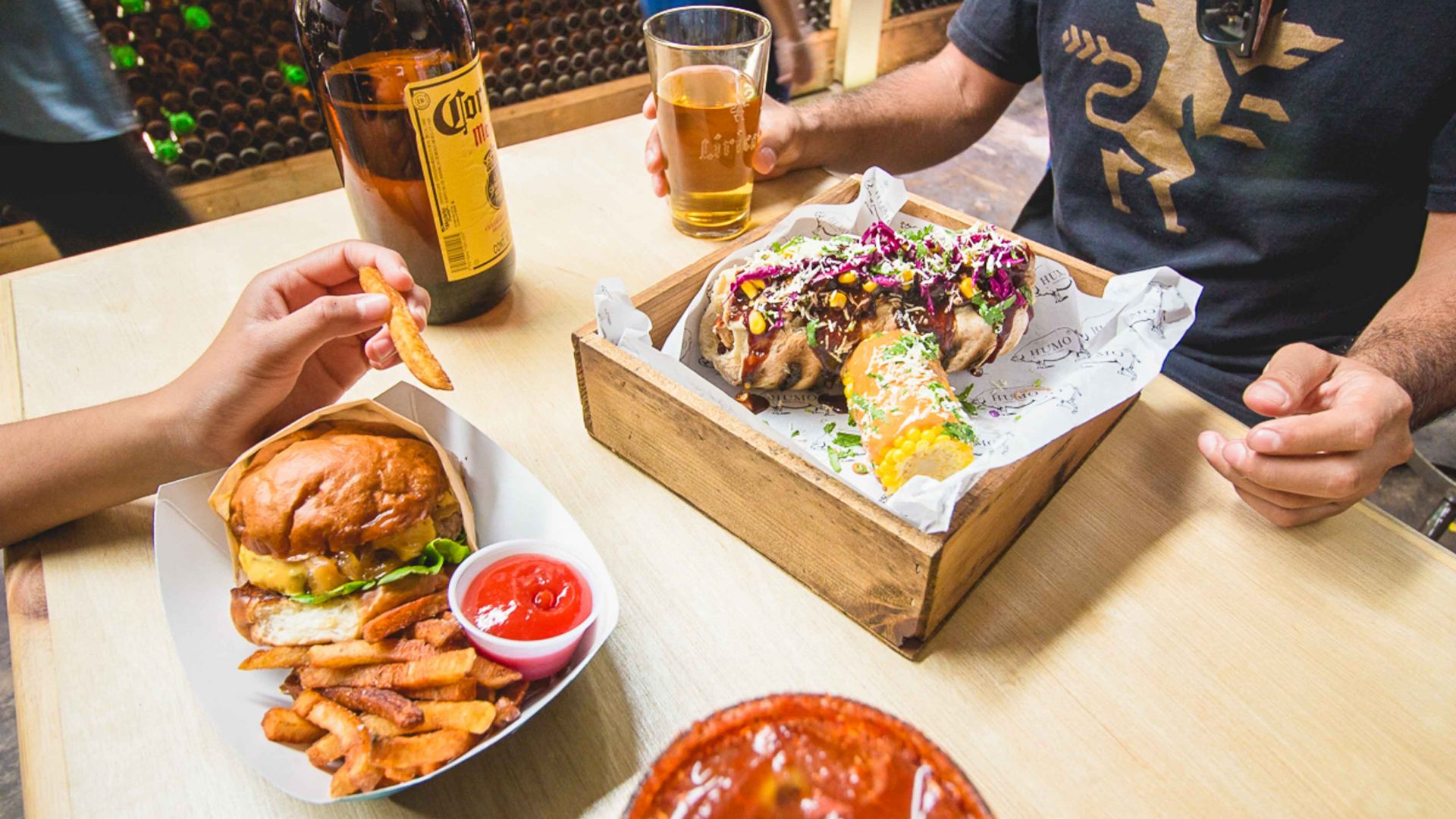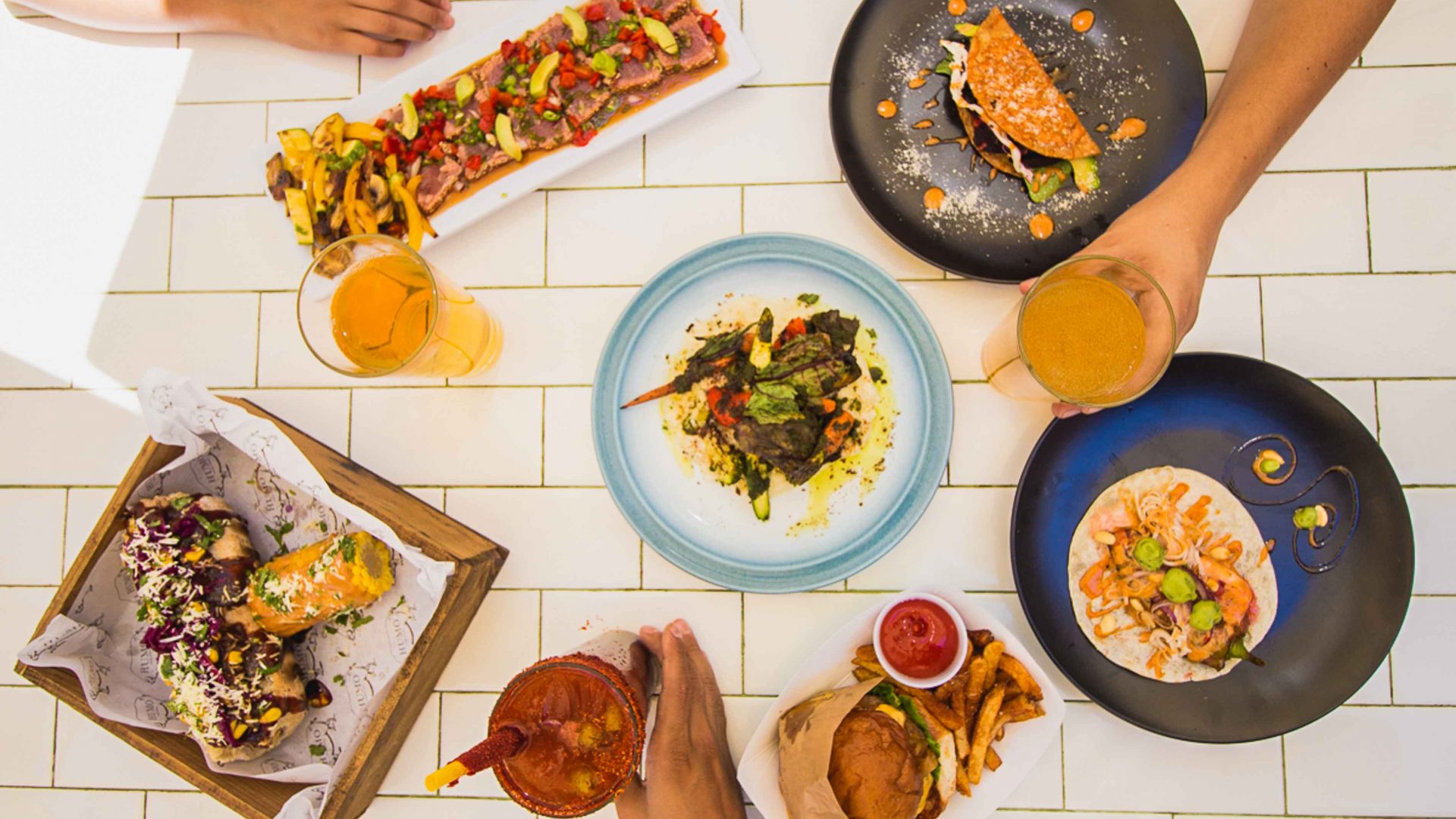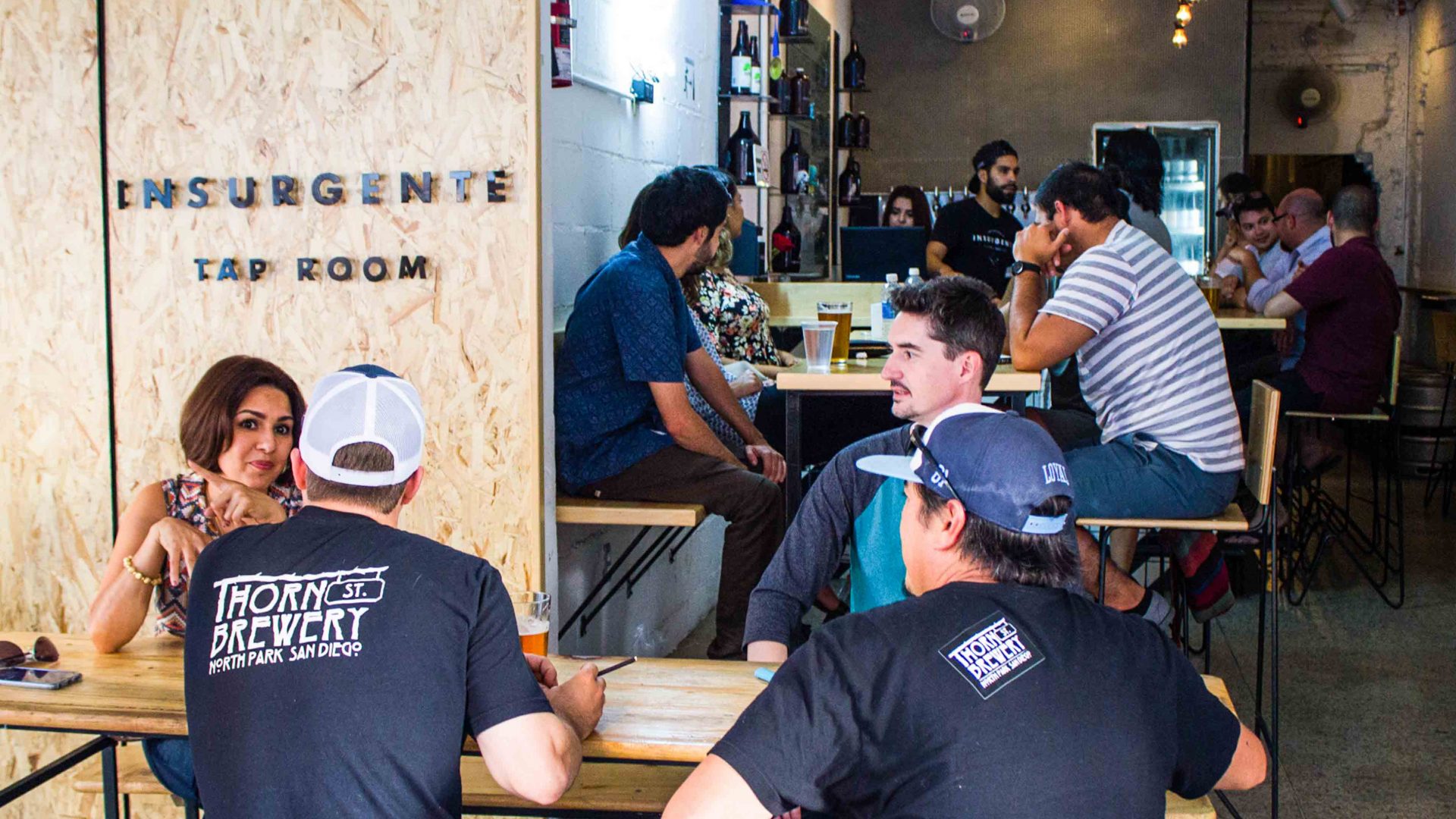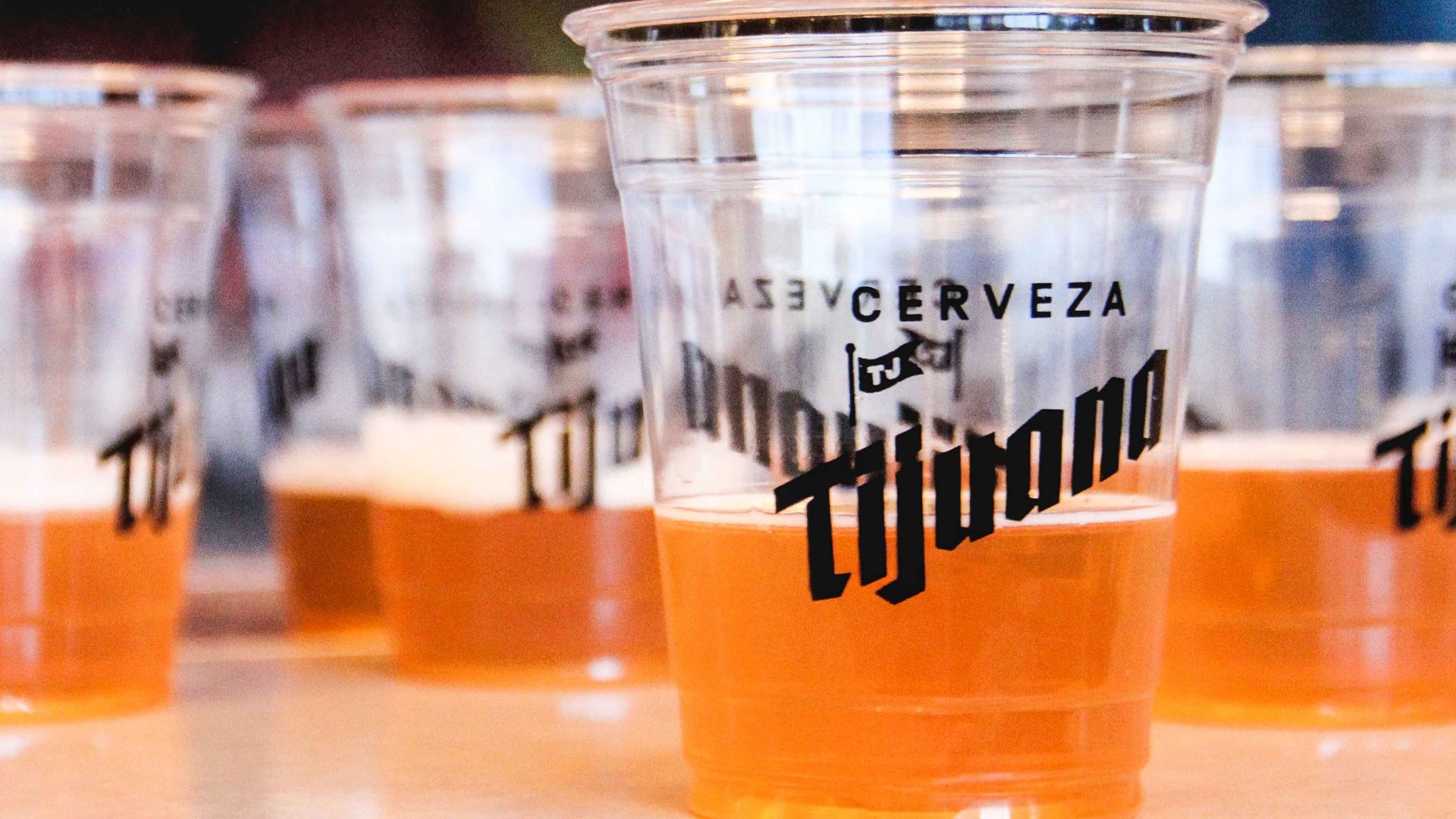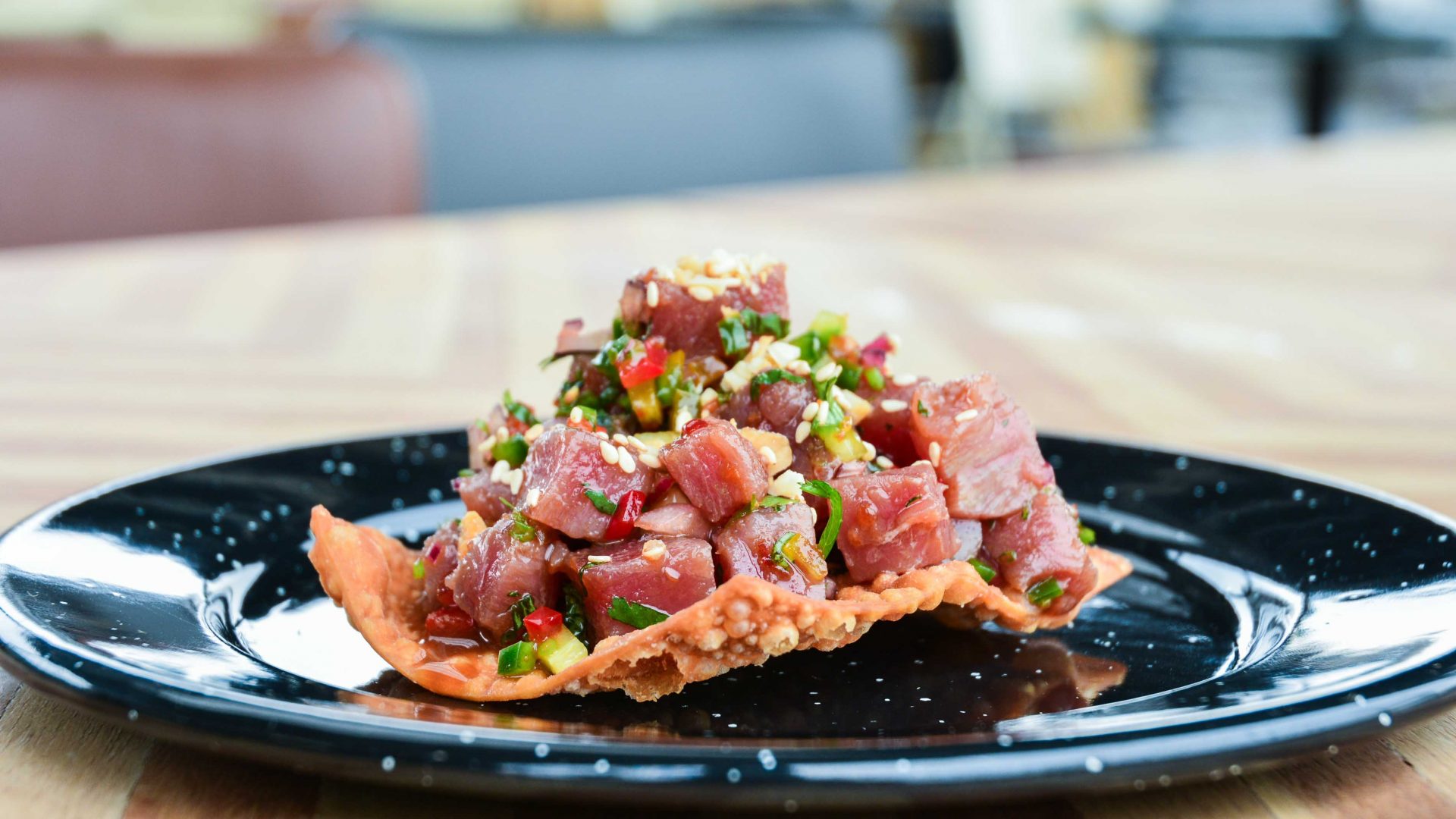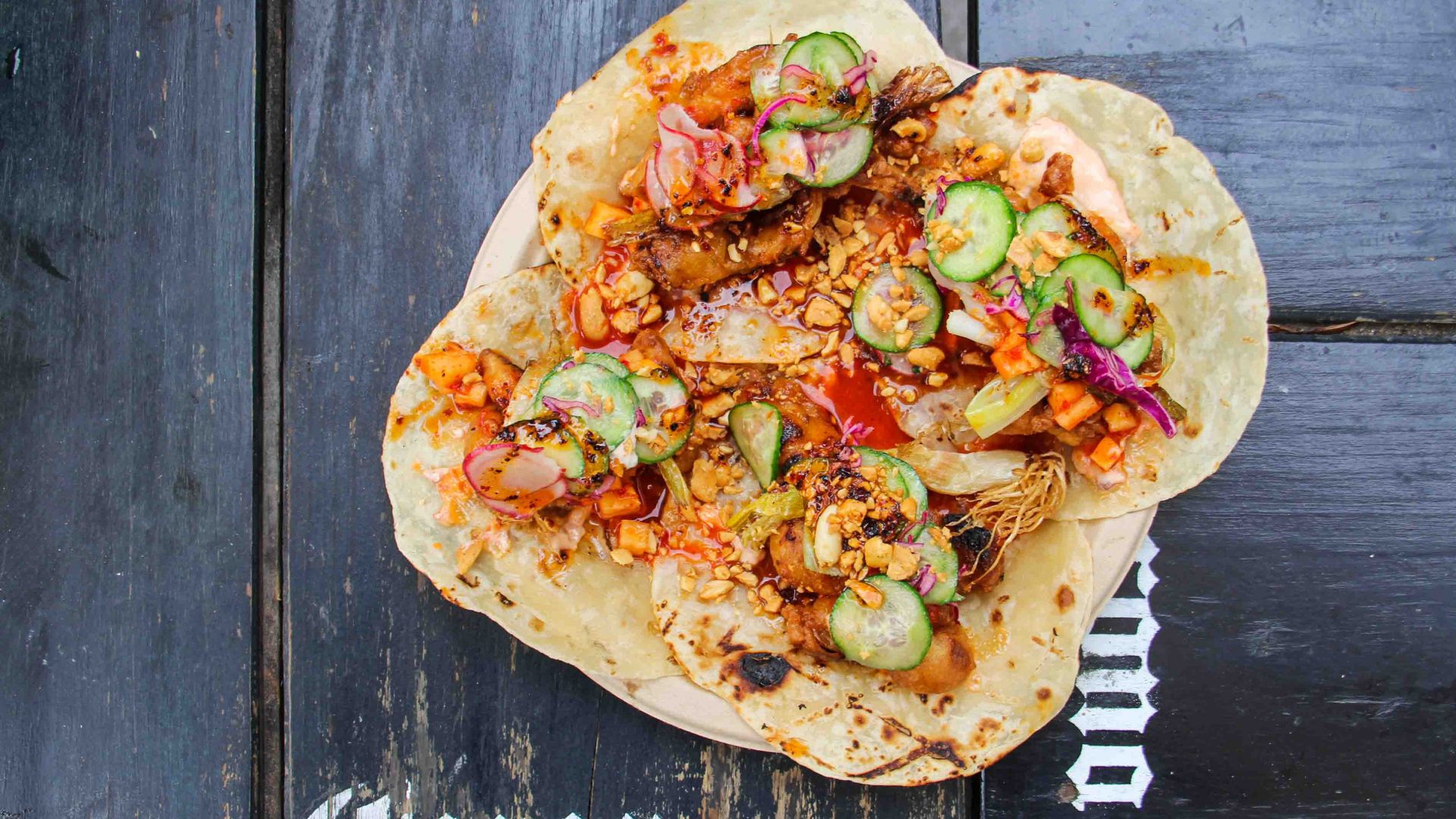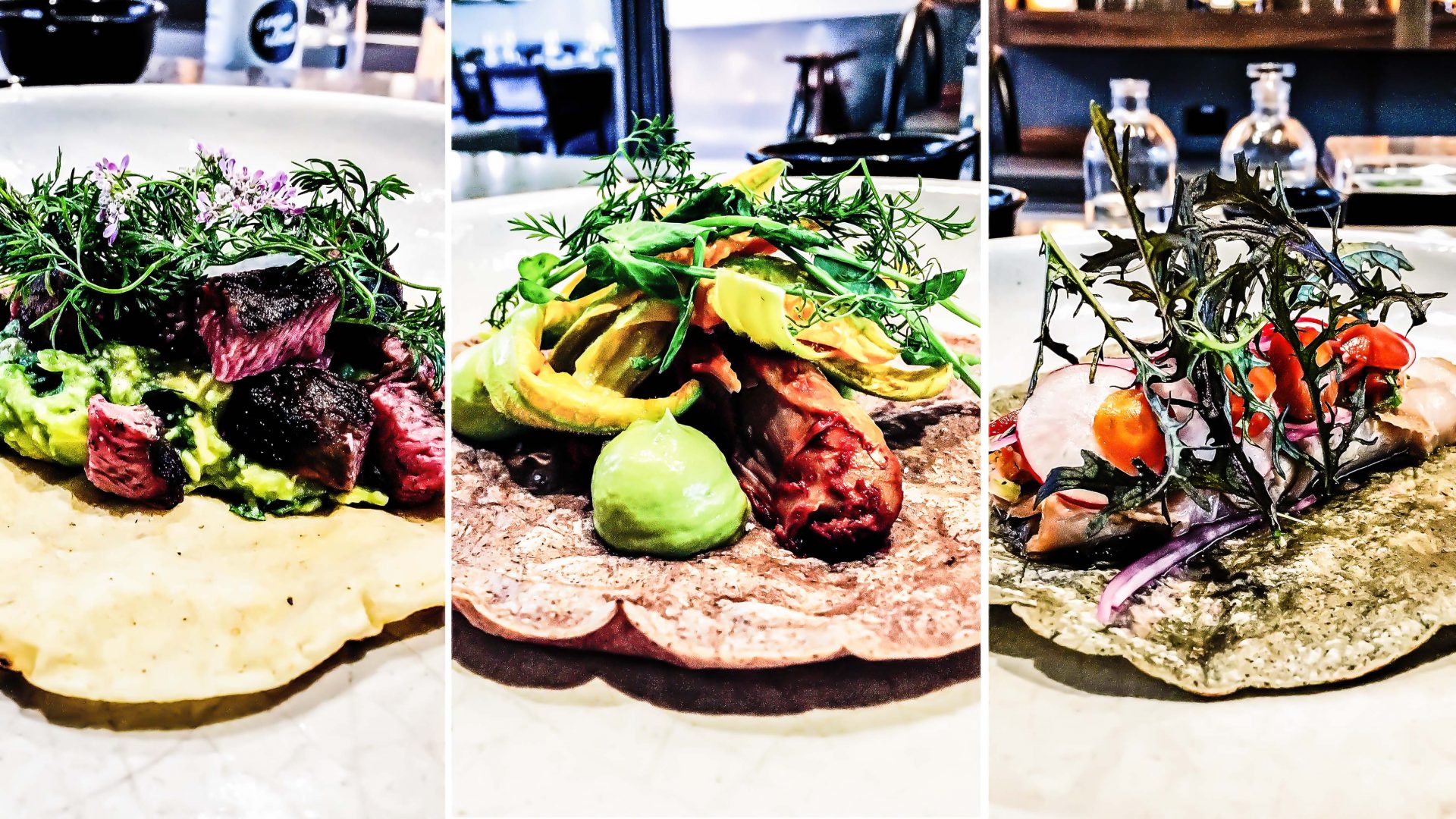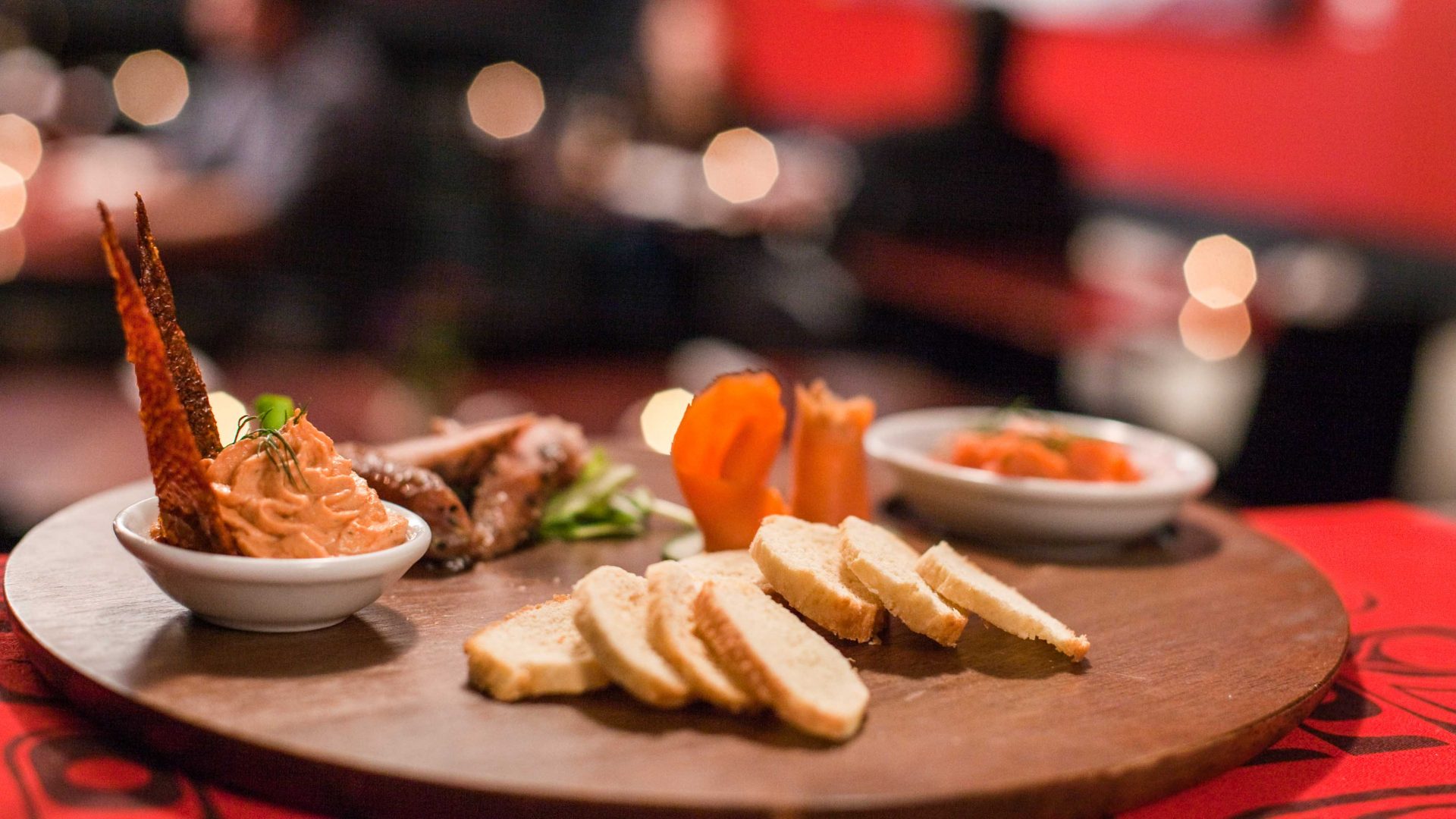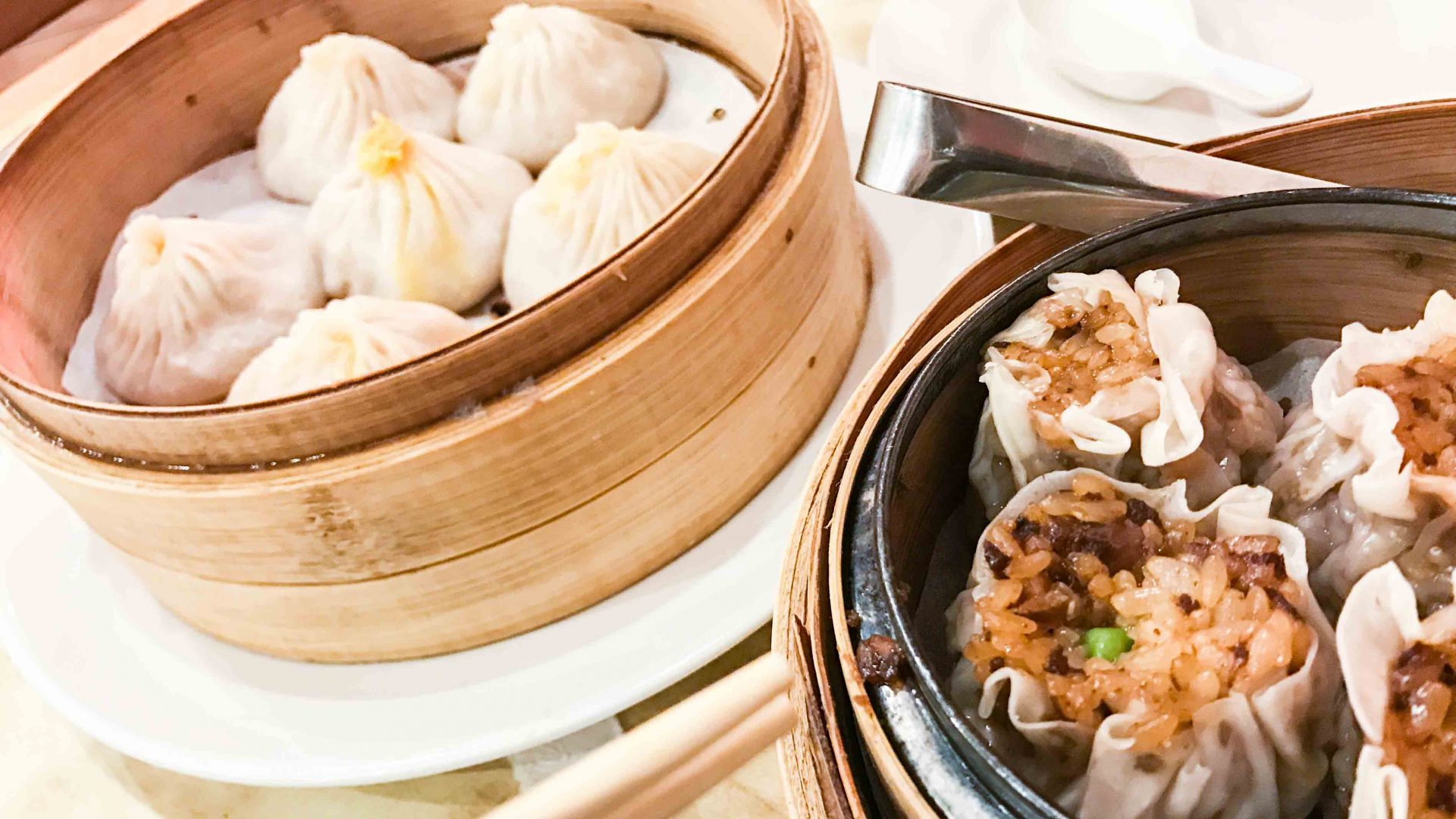Drug wars weren’t the only thing to take their toll on the border town of Tijuana, but next-generation entrepreneurs who left are now returning to create Mexico’s new foodie mecca.
“Seriously, where are the fish tacos?”
It’s 4pm on a Friday afternoon at the end of July, and we’re wrapping up on our tour of social businesses in Tijuana, Mexico. It’s the second annual ‘Startup Crawl’, which brings together 65 entrepreneurs, investors and other interested parties, mostly from Southern California, to the largest border city on the US-Mexico border.
The tour was meant to highlight entrepreneurship and social innovation in Tijuana, which, as everyone had been telling me during my two weeks in Baja California, is “taking off.” And today, I wanted to see it for myself.
We had visited tech start-ups, art spaces, and a call center that employs a handful of deportees. But we also visited several food and drink start-ups in a city increasingly known for its food scene. Given that tacos are (for better or worse) Mexico’s most famous culinary export to its northern neighbor—and the fish-filled variety originate in Baja—the question about fish tacos felt like a legitimate one.
As if to prove his point, our conversation was frequently interrupted as Gamboa greeted his clients. It seemed like all of Tijuana’s young movers and shakers were parading past to try out the new location: Artists and entrepreneurs, up-and-coming chefs, even policymakers. That, he added, was also part of the magic of Telefonica: That anyone could bond over the casual street food on offer.
In between the (welcome) interruptions, Gamboa told me that the drug violence of 2007-2008 had, indirectly at least, actually helped fuel the growth of Tijuana’s food scene. In the absence of tourists, he says, “We made this”—he nodded towards his growing food empire—“for Tijuanenses.”
RELATED: From Trumplandia to Tacolandia
Lack of tourists had already been a problem. September 11th had literally shut down the border, and in the years that followed, just as tourist numbers began creeping back up, the global financial crisis and the drug violence hit Tijuana—sending those numbers plummeting again.
But during that period of crisis, a new regional cuisine developed.
Food was not a focal point during this time—understandably—and the few upscale restaurants offered international, rather than Mexican, fare. The most notable of these was Caesar’s, the birthplace of the original Caesar Salad, which even pioneering American chef and author Julia Child sampled during her childhood visit.
Today, the restaurant and the namesake salad are still open and available, in the same spot on Revolución. Now the same street is also home to Tijuana’s new breed of enterprises, such as Cine Tonalá Tijuana, a restaurant, cocktail bar, and art-house theater, a go-to hangout for the city’s culture kids.
The real turning point for local cuisine came in the early 2000s, when drastically decreased tourist numbers combined with a slew of Tijuanense chefs experimenting with a new cuisine. One that drew from Baja California’s temperate, Mediterranean-like climate, location on the Pacific Ocean, and history of welcoming migrants, including the Chinese.
RELATED: The resurgence of Canada’s First Nations cuisine
Miguel Ángel Guerrero was one of the founders of this new movement, which he called “Baja Med” —in fact, he trademarked the term in 2013. Drawing on the unique characteristics of Tijuana and Baja California, Baja Med is a fusion of Mexican, Mediterranean, and Asian. It put Tijuana on culinary maps, and gave pride and identity to a city that had lacked both.
His own restaurant, La Querencia which opened in 2001, is characteristic of Baja Med cooking: Unique flavors and fresh local ingredients, with everything sourced from within Baja California. Try the carpaccios (options include scallop, beet, salmon, and squash) and the octopus, especially the Pulpo Querencia, a simple, delicious octopus tostada.
Another example is Mision 19, the fine-dining establishment of local celebrity chef and the other face of Baja Med, Javier Placencia. He combines locally sourced ingredients—from within a three-hour radius of the restaurant—with the latest culinary techniques, like molecular cooking and sous vide. Try the seasonal tasting menu or if you opt for à la carte, order the signature scallop parfait.
And if you really just want a fish taco, La Corriente Cevicheria Nais has possibly the best fish in Tijuana. This kitschy restaurant just off of the main drag of Avenida Revolución is famous for its red snapper tostada and ‘Taco Kalifornia,’ a shrimp taco with hot Anaheim chilli peppers.
Back at Telefonica Gastro Park, a more casual inheritor of the Baja Med tradition, and the pride it brings, Antonio Gamboa summed up his city’s cuisine: “I’m a native of Tijuana, and I admit that it’s not the prettiest place—but now, people come here to eat.”
